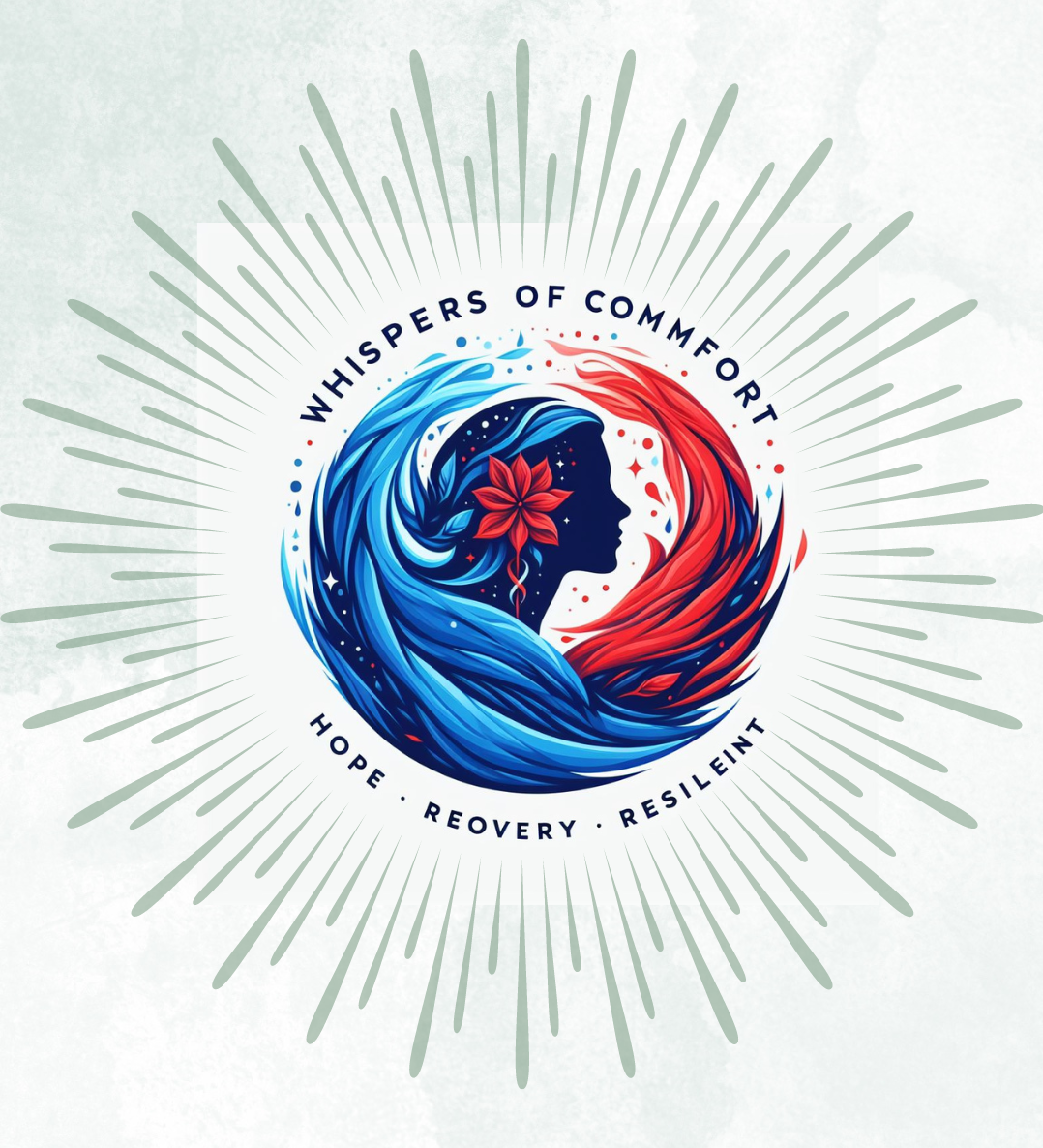
Grief is as much a part of life as joy and love. It’s a deep emotional response to loss, be it through death, separation, or a profound life change. Unlike physical wounds that visibly heal, grief’s passage is more intricate and deeply personal. In my experience, recognizing the multifaceted nature of grief is crucial to navigating through it with self-compassion.
The concept of the 5 stages of grief has become a cornerstone in understanding this complex process. Conceived by psychiatrist Elisabeth Kubler-Ross in 1969, these stages were first introduced as part of her groundbreaking work on death and dying. It’s important to note that these stages were not meant to tidy up the mess of emotions we feel but rather to outline a framework for us to comprehend the common patterns within the chaos.
Acknowledging the stages of grief isn’t about checking off boxes as you ‘complete’ each phase. Rather, it’s about knowing you’re not alone in how you feel and that there’s a shared human experience even in our most solitary moments. It’s also about giving yourself the space to feel and heal in a way that’s true to your journey.
Allow me, Makinde, to walk you through these stages not as a strict sequence but as a map of the terrain you might encounter. You’re going to find out about each stage in depth in the next section, but for now, just know that they’re often summed up as denial, anger, bargaining, depression, and acceptance. Each represents a response to the reality of loss and a step towards reconciliation with that loss.
Now that we’ve set the stage for understanding the grief journey, I’m going to walk you through each stage in greater detail. If you’ve experienced a loss, recognizing these stages might help you put your feelings into context.

Stage 1: Denial
This stage often serves as a defence mechanism. When the news of a loss hits, denial helps us pace our feelings of grief. It’s the mind’s way of ensuring we’re not overwhelmed all at once. You might find yourself in disbelief, questioning the reality of the situation.

Stage 2: Anger
It’s only natural to seek a sense of control when life throws a curveball, and anger often comes into play here. You might ask, ‘Why me?’ or ‘Who is to blame?’ This stage is crucial because it’s a release of bottled-up emotion.

Stage 3: Bargaining
Following anger, bargaining involves the what-ifs and the if-onlys. Here, you’re going to find a struggle to make sense of the loss, accompanied by a strong desire to negotiate for a return to how things were before.

Stage 4: Depression
After bargaining, the weight of the emotional pain can sink in. This isn’t just about sadness; it’s also about the isolation and quiet despair that can come with acknowledging the full extent of the loss.

Stage 5: Acceptance
This is not necessarily a stage of joy but one of peace. Acceptance involves coming to terms with the reality of the loss and recognizing that this new reality is a permanent one. At this point, one usually starts to look forward again, slowly rebuilding a life without the lost person, idea, or object.
When Grief Doesn’t Follow the Script: Variations and Personal Experiences
You’re going to find out about the complexities of grief and how it defies a one-size-fits-all approach. It’s important to recognize that the stages of grief are not steps on a ladder but more like a spectrum of reactions that can vary widely from person to person.
Don’t worry too much about ‘doing grief’ right. While the 5-stage framework offers a lens through which we can understand loss, everyone’s journey is unique. Your passage through grief might loop back on itself, stall at a stage, or take paths that the original model doesn’t account for.
You’ve probably noticed how different people process emotions differently, and grief is no exception. A person’s cultural background, individual personality, and the specific circumstances surrounding the loss can shape how they express and handle grief.
I’m here to help you understand that common myths about grief, such as the idea that the stages occur in a specific order or that you should reach acceptance by a certain time, can add undue pressure. The reality is much less rigid. If you’re feeling like your grief doesn’t match what you’ve read or heard, that’s perfectly okay.
Your journey through mourning may look different, but that doesn’t mean you’re doing it wrong. It just means you’re human, and each human grieves in their own way. So let’s embrace that variability and explore what it means for you and those around you.
Supporting Yourself and Others in Grief and Finding Closure
I’m going to highlight some practical ways to nurture yourself through this tough time. It starts with recognizing that it’s okay to seek professional help. Whether it’s a therapist, a support group, or simply a caring friend, reaching out can make a world of difference.
Choose self-care practices that feel soothing and are right for you. This might be through meditation, exercise, or picking up a new hobby. You can always adjust your approach down the road, but the key is to start somewhere.
If you’re in the position of supporting someone who is grieving, remember to listen more than you speak. Your presence can offer more comfort than you might realize. Don’t worry too much about saying the ‘right’ thing—just being there is powerful.
Consider the role of rituals, such as memorial services or personal tributes, which can be instrumental in processing emotions and honoring memories. Everyone’s path to closure is different, so choose something that resonates with you or your loved one.
I’ve included a printable of the five stages of grief to provide a tangible reminder of what you or someone you care about may be experiencing. This isn’t just about having a resource; it’s also about acknowledging the journey and recognizing that you’re not alone in it.
Today, we’ve explored the nature of grief and the paths we walk in its wake. I hope that you’ve found comfort and insight in our discussion. And remember, your first attempt at navigating grief doesn’t need to be your last. There’s a lot of opportunity for healing, growth, and rediscovery in the journey ahead.
Kindly leave your comments and experiences below.
Are You a wealthy Affiliate yet? Affiliate Marketing Success.
Simplified. Turn YOUR Passion, Hobby or Interest into YOUR Success Story! Join Wealthy Affiliate today: https://www.
**Here’s a little transparency: Our website contains affiliate links. We may receive a small commission if you click and make a purchase. Don’t worry, as there’s no extra cost to you. It’s a simple way to support our mission of bringing you quality content.
Follow me on social media!

Hey just wanted to say great article! The five stages of grief are such an important concept to grasp when dealing with loss. Your explanation of each stage was clear and insightful, providing a helpful framework for understanding the emotions that arise during the grieving process. I particularly appreciated how you emphasized that these stages are not linear and may not be experienced in the same order by everyone. Grief is such a personal and complex experience, and it’s essential for people to know that their journey is unique.
I did have one question if you had a moment. Are there any specific strategies or techniques you recommend for individuals going through each stage of grief? It would be helpful to learn about practical ways to work through the emotions and challenges associated with each stage.
Overall, thank you for shedding light on the five stages of grief in such a compassionate and informative manner.
Hello Ronald,
Thank you for your comment, and invaluable contribution.
Yes, like you rightly noted from the article, we all have our individual unique journey in passing through, manage, and surviving this critical stage of life.
Please, keep an eye on our website, as we try our best to address the question you raised and others in helping people pass through these difficult stages of life.
We appreciate you being a part of our community and journey.
We look forward to more contributions and insights from you.
Best wishes,
Thanks.
Makinde
I hadn’t come across these 5 stages before, but they certainly make sense.
Going through a divorce in my 30s (and that was a LONG time ago) and looking back on it now, I recognize those 5 stages.
The loss in a divorce isn’t necessarily the other person, or even the co-owned material possessions (although they all come into it and can even include the children, if the divorce is acrimonious).
The loss is more a concept. It’s the “Us” that no longer exists. The “Us” that internally provided discussion, negotiation and mutual love and support but externally presented a united front to the rest of the world. Often, of course, it’s the breakdown of these structures that leads to the actual divorce, even if they are manifested in a third-party cause, such as an affair with another person.
Anyway, looking at the 5 stages, I recognize all of them.
It took a long while to reach Stage 5 but it’s definitely worth it. From that point on, you have accepted the new reality and can move on in new and positive directions.
Dear Phil Lancaster,
I am truly sorry about your experience.
Thank you so much for sharing your experience with us. I truly appreciate your perspective on the stages of grief, especially in the context of divorce. It’s remarkable how those stages resonate across different types of loss and grief, whether it’s the end of a marriage or another significant life change.
You’ve articulated beautifully the essence of loss in divorce—the dissolution of the “Us” that once formed a cornerstone of one’s identity and shared life. It’s indeed a profound concept to grapple with, and your insights shed light on the complexity of such experiences.
Your journey through the stages, culminating in acceptance and the ability to move forward positively, is inspiring. It reinforces the idea that while the path may be challenging, there is hope and renewal waiting on the other side.
Thank you again for sharing your thoughts.
It’s conversations like these that remind us of the resilience of the human spirit and the power of empathy in navigating life’s transitions.
Warm regards,
Makinde
Hello! Your article eloquently explores the 5 stages of grief, providing a nuanced perspective on the intricate emotional journey that follows loss. You skill fully navigates through denial, anger, bargaining, depression, and acceptance, emphasizing the non-linear nature of grief. The inclusion of practical tips for self-nurturing and supporting others, along with the acknowledgment of individual variations in the grieving process, adds a compassionate touch. Overall, it offers a valuable resource for those navigating the complex terrain of grief. Thank you!
Hello Ela,
Thank you so much for your kind and thoughtful comment. I’m deeply touched that you found my article on the 5 stages of grief to be valuable and insightful. It means a lot to me that my writing has resonated with you and may offer support to others going through similar experiences.
Grief is indeed a complex and deeply personal journey, and it’s my hope that by sharing my own experiences and insights, I can help others navigate through their own process of healing and acceptance. Your words of appreciation encourage me to continue writing and advocating for greater understanding and compassion around grief and loss.
If you have any further thoughts or questions, please feel free to share them. Your feedback is truly appreciated.